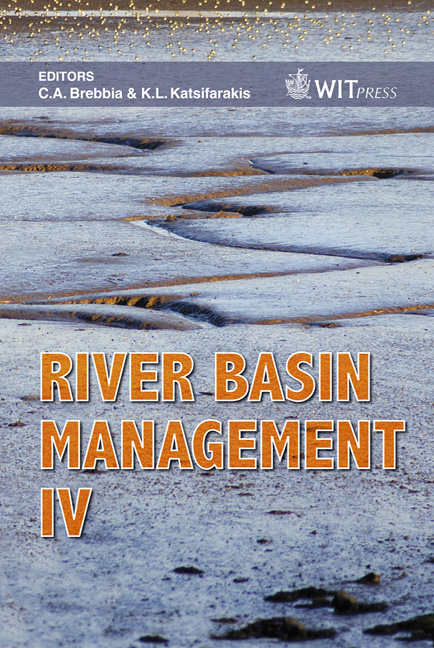Treatment Of Palm Oil Mill Effluent Using Biological Sequencing Batch Reactor System
Price
Free (open access)
Transaction
Volume
104
Pages
8
Published
2007
Size
547 kb
Paper DOI
10.2495/RM070481
Copyright
WIT Press
Author(s)
C. W. Fun, M. R. U. Haq & S. R. M. Kutty
Abstract
Palm Oil Mill Effluent (POME) is known to cause serious environmental hazards due to its high biochemical (BOD) and chemical oxygen demand (COD) if disposed without proper treatment. Moreover, the processing of palm fruit causes POME to have fibre and husk resulting in high level of total suspended solids (TSS) and turbidity. This work focused to further treat effluent from the anaerobic pond of a nearby palm oil mill using biological sequencing batch reactor (SBR) system. The biological treatment was conducted in six phases using the SBR system where phase 1 had 10 days sludge age and 30 minutes settling time. Phase 2 had the same conditions as phase 1 with increased mixed liquor suspended solids (MLSS). In phase 3, the MLSS was maintained at 2500–4000 mg/l with a settling time of 45 to 60 minutes. In Phase 4, the aeration time was at four days with settling time of 60 to 75 minutes while phase 5 had three days aeration and one day idle time. In Phase 6, the aeration time was increased to six days with 60 to 75 minutes settling time. The highest removals were achieved from Phase 5 with percentage removals of 62% for TSS, 82% for total COD and 88% for soluble COD. Keywords: POME, mixed liquor suspended solids (MLSS), TSS, sequencing batch reactor (SBR). 1 Introduction In Malaysia, palm oil is very productive where palm oil mills are operated at least 300 days per year. After processing the fresh fruit bunch (FFB), 78% are removed as waste such as empty fruit bunches shell, fibre and liquid effluent. Generally, the effluent from palm oil mill is acidic in nature and has high BOD
Keywords
POME, mixed liquor suspended solids (MLSS), TSS, sequencing batch reactor (SBR).





